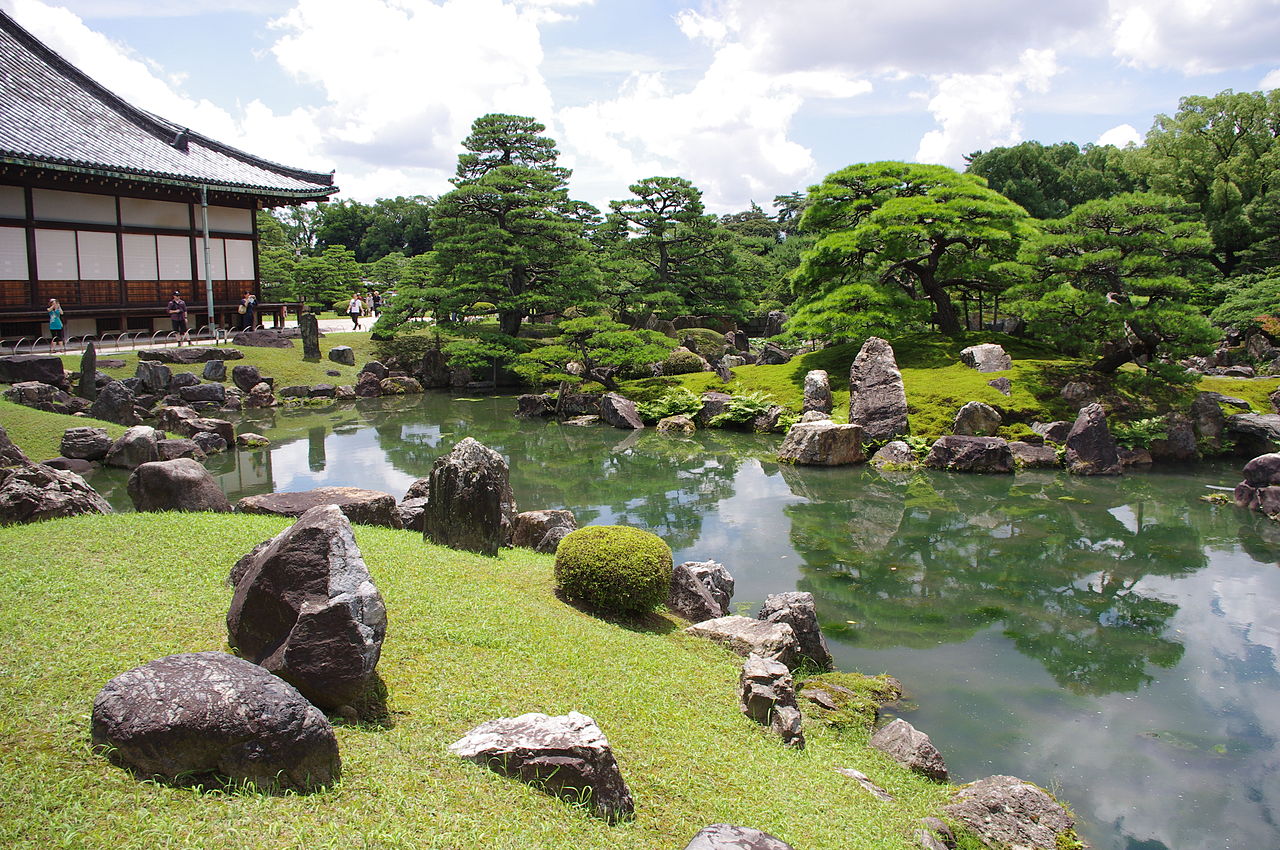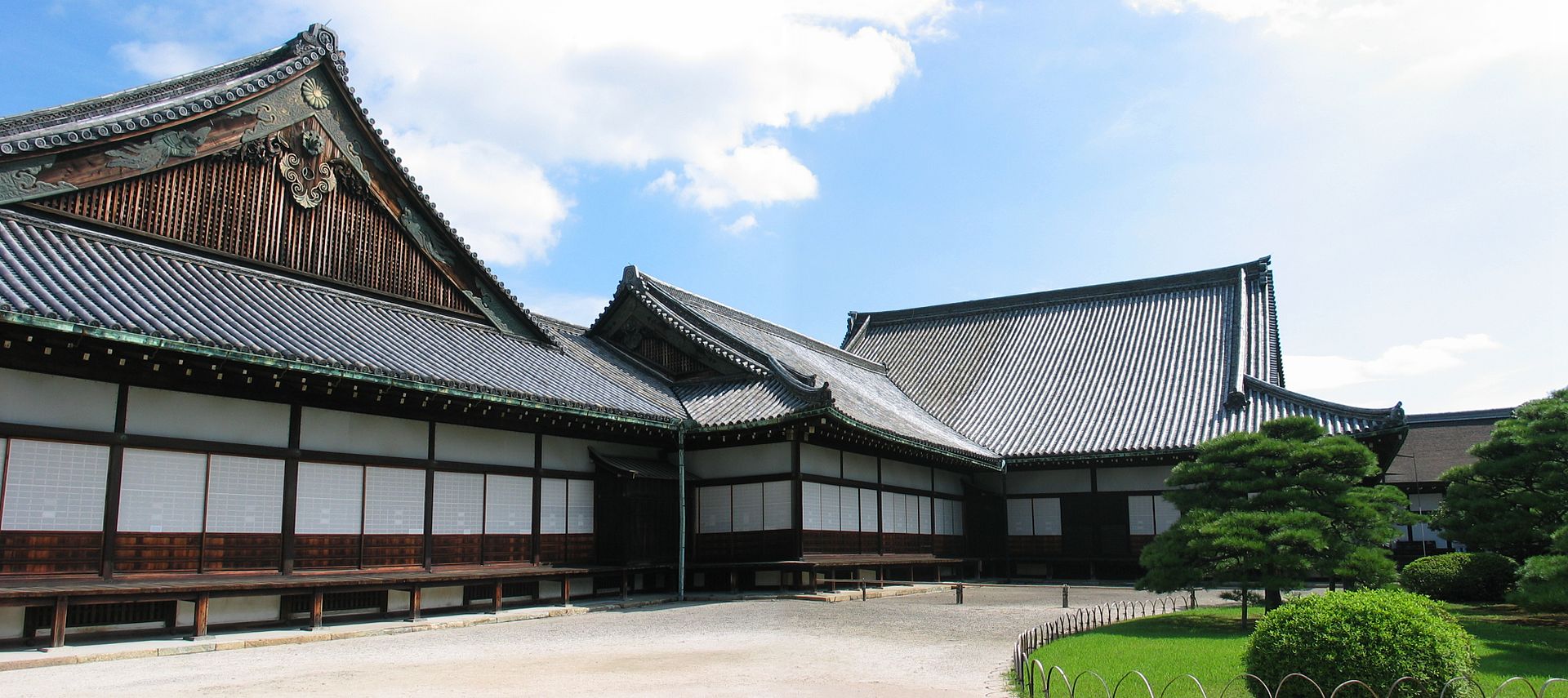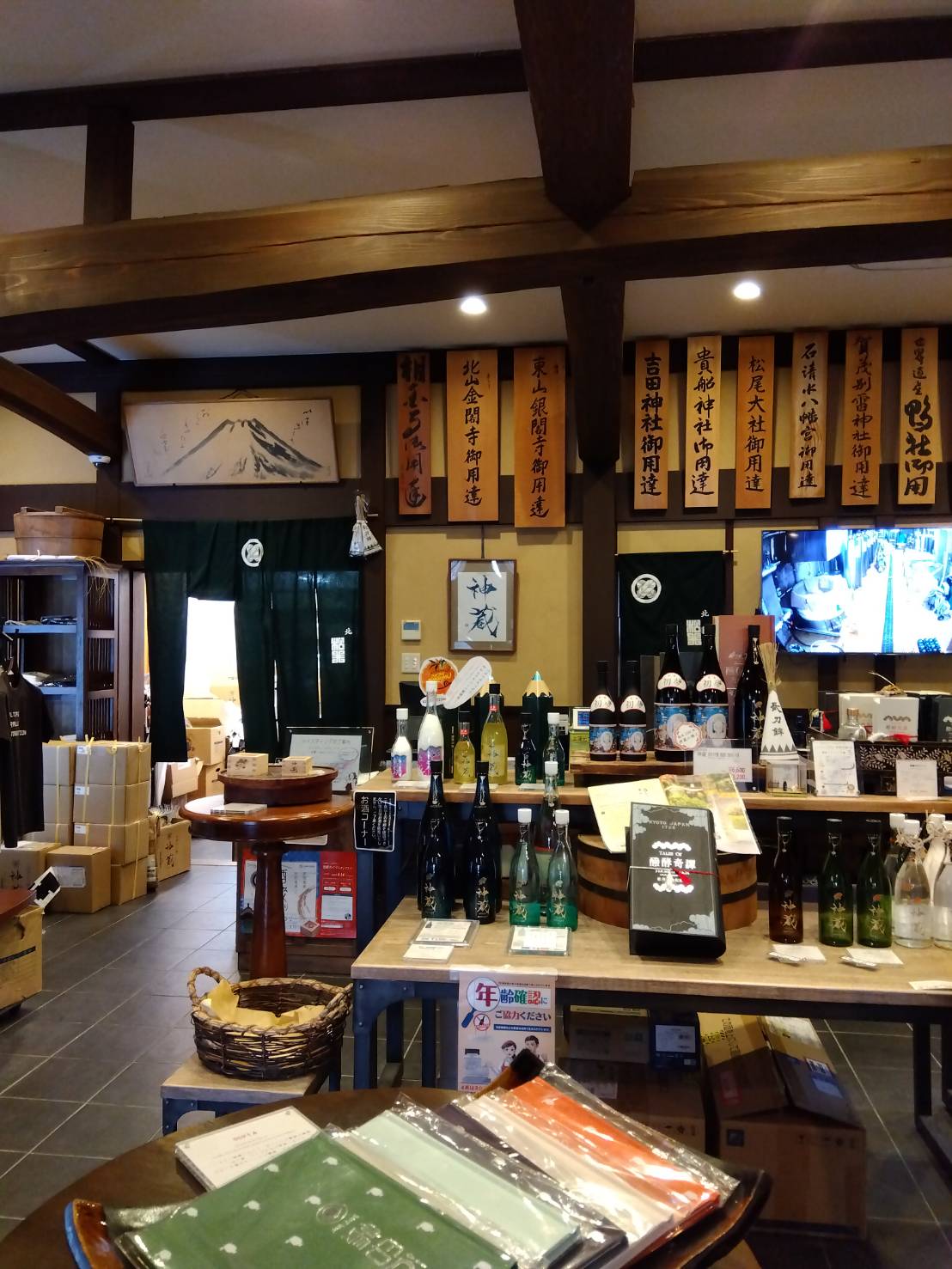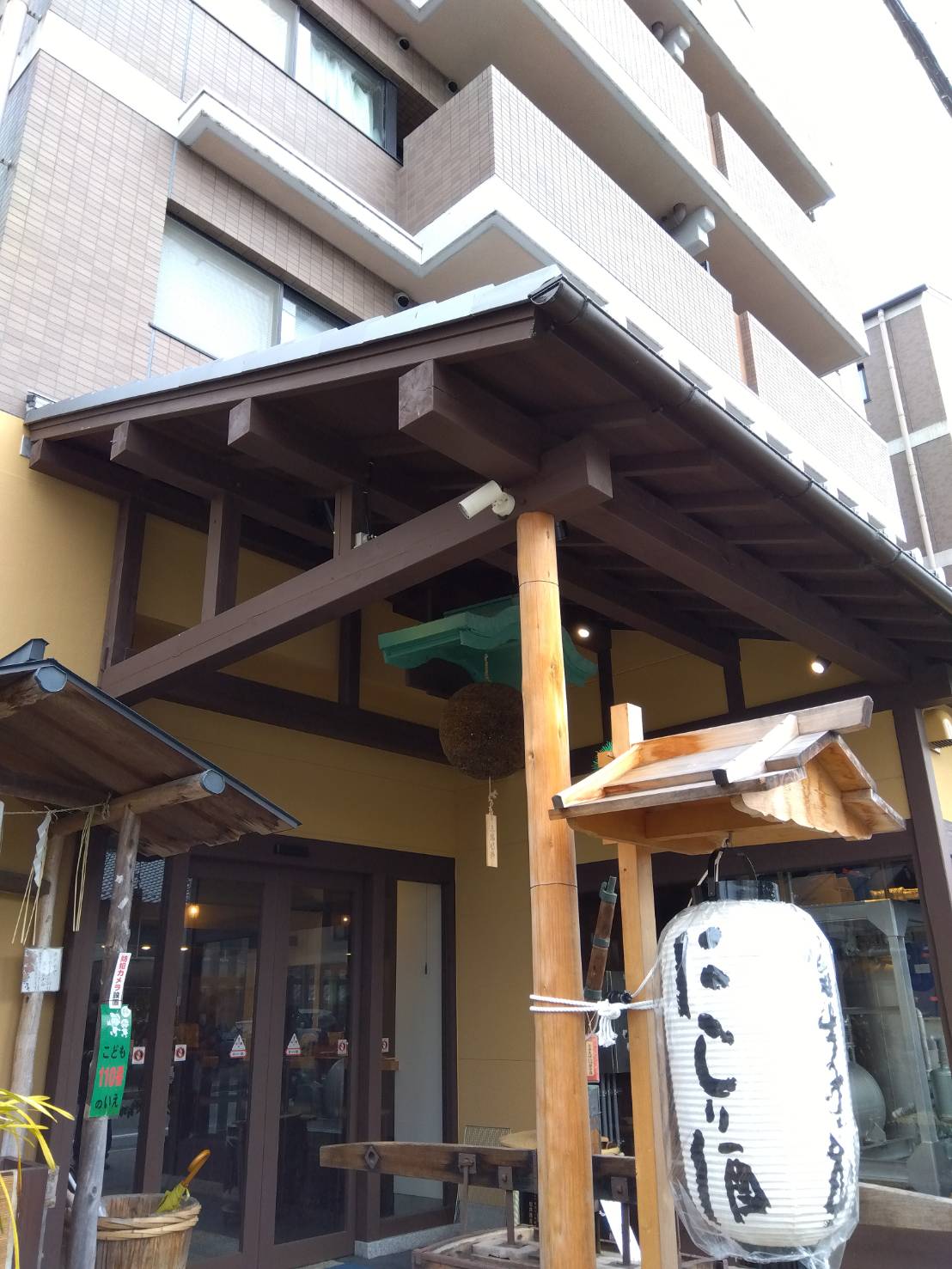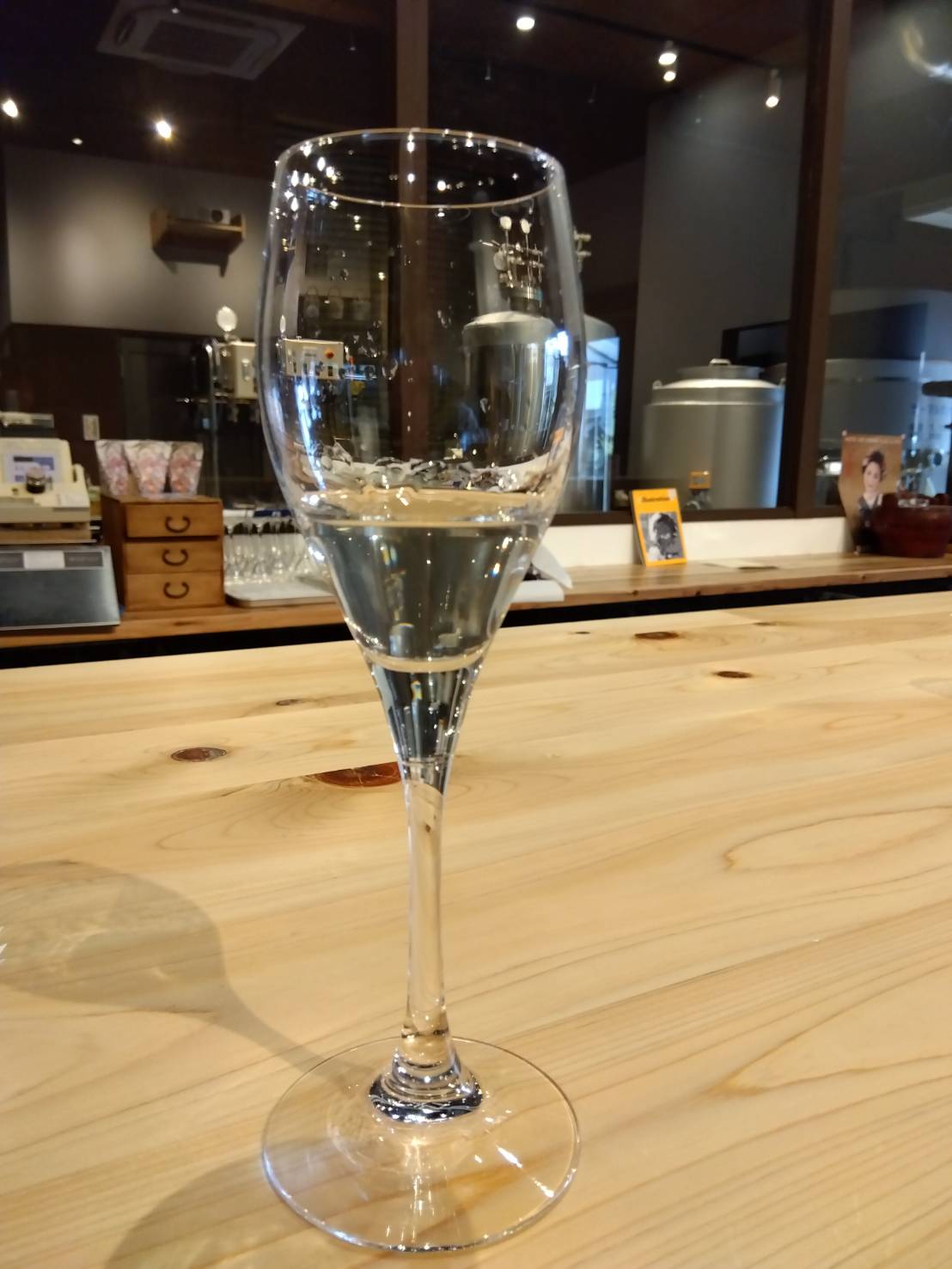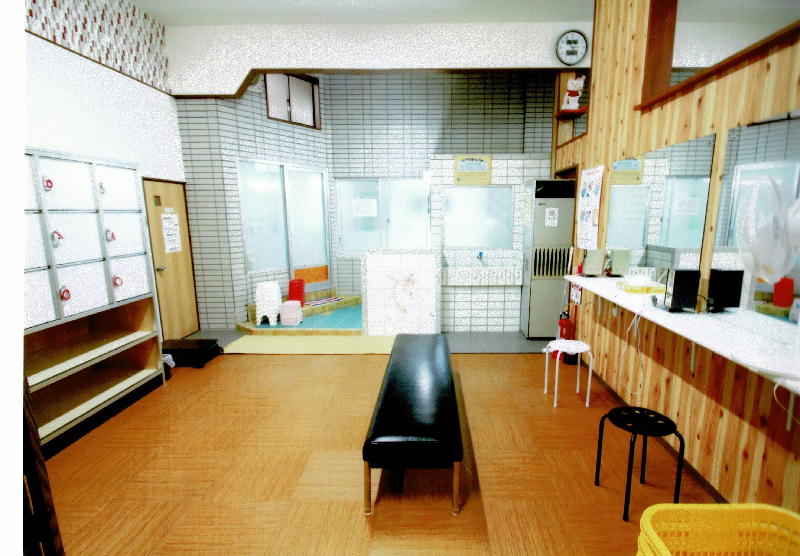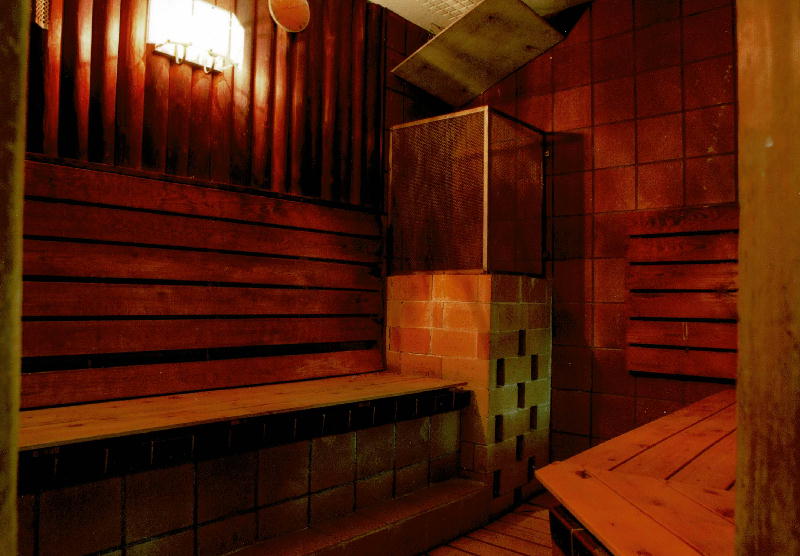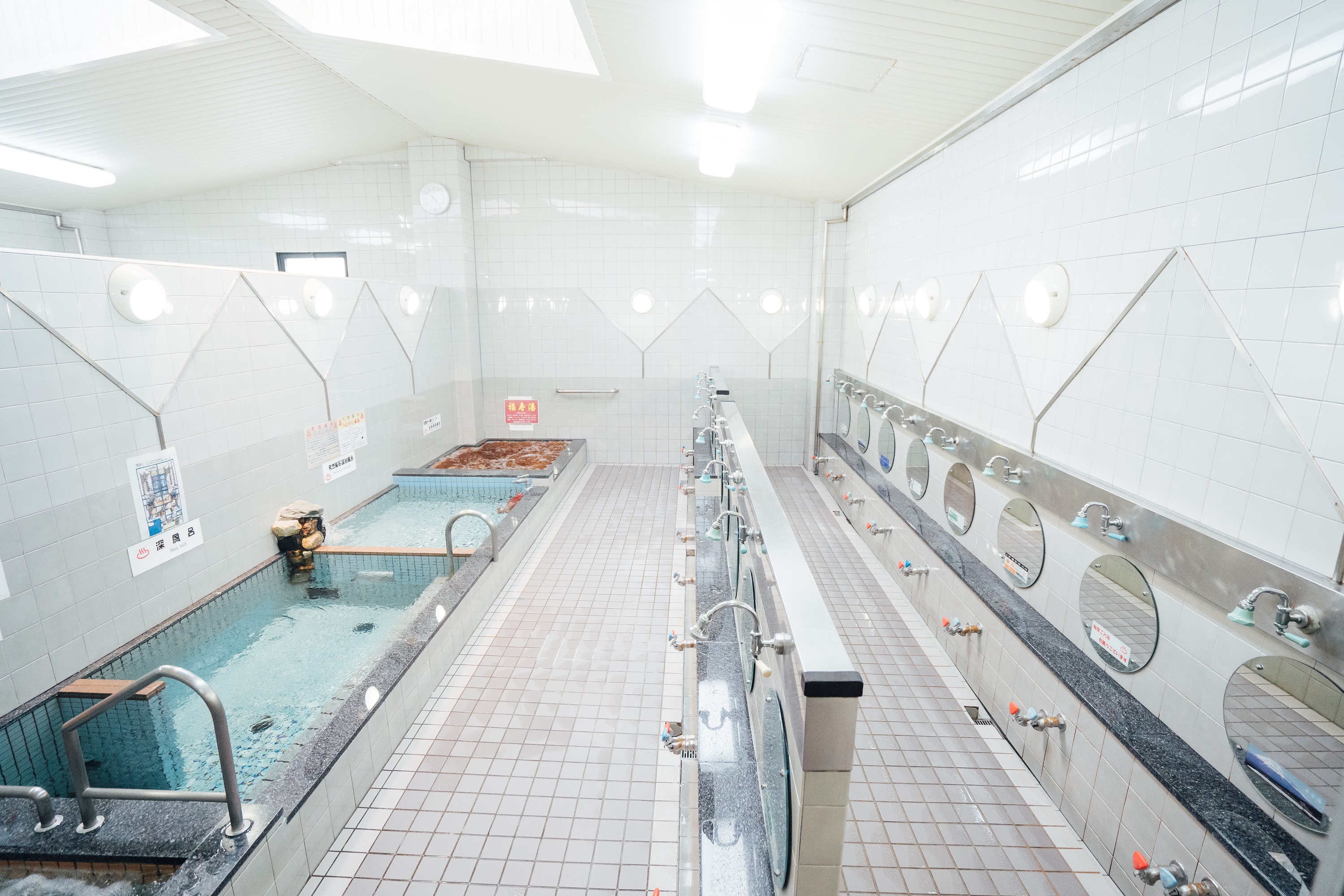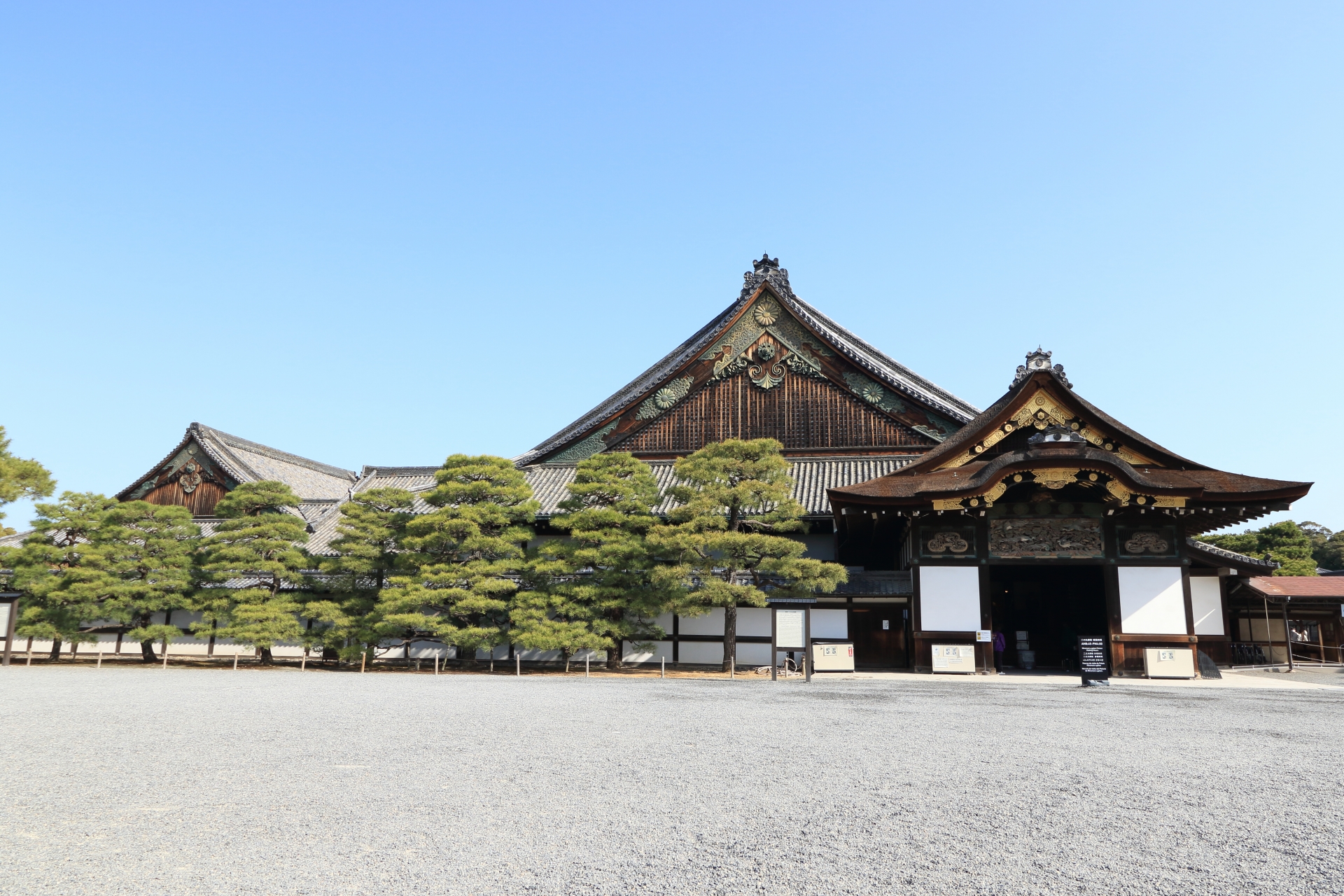Kyoto Half Day (Nijo Castle - Matsui Sake Brewery)
ツアー内容
This half-day tour of Kyoto begins in the afternoon.
The tour will take you to Nijo Castle and Matsui Sake Brewery.
待ち合わせ場所
The meeting place is Nijojo-mae subway station, not JR Nijo station.
詳細情報
- ツアー 一人当たりの金額(税込)
- ¥52,800 ~ / 人
- 最大参加人数
- 最大 10 人まで参加可能
- 言語
- 英語 で開催
- 注意事項
-
- Tours are not available from December 26 to January 3 and every Tuesday in January, July, August, and December, as the castle is closed.
- No tours will be held on Sundays as Matsui Sake Brewery is closed.
- Sake brewery tours are available with advance registration. If no request is made, there will be sake tasting by Matsui Sake Brewery. - ツアー料金に含まれるもの
- 入場料
経路
-
1Nijo Castle
Nijo-jo Castle has witnessed some of the most important events in Japanese history in the 400 years since it was built. The castle was completed in 1603 on the orders of Tokugawa Ieyasu, the founder and first Shogun of the Tokugawa Shogunate (1603-1867). Tokugawa Ieyasu unified Japan after a long period of civil war, and ushered in a period of over 260 years of peace and prosperity. The government that Ieyasu established lasted for fifteen generations, and was one of the longest periods of stability and prosperity in Japanese history. Japan was unified under the rule of the Tokugawa family after the Battle of Sekigahara in 1600, and in 1603 Tokugawa Ieyasu was appointed Seii-Taishogun (usually shortened to just Shogun – see [5] below), by the Emperor. After receiving his appointment, Ieyasu came to Nijo-jo Castle to announce his appointment to the feudal lords. Nijo-jo Castle was thus the stage for the announcement of the beginning of one of the most important periods in Japanese history. The Castle served as the Kyoto residence of the Shogun on the very rare occasions when he visited the Imperial Capital.
When the Shogun was not in residence, the Nijo Zaiban samurai guards, who were dispatched from the Shogun’s capital at Edo (present day Tokyo), were garrisoned at the castle. In 1614, Tokugawa Ieyasu departed from and returned to the castle in triumph from the Siege of Osaka Castle, which ended the line of the Toyotomi family, which ruled Japan before the Tokugawas. This cemented the position of the Tokugawas as the political rulers of Japan. A large-scale renovation was begun in 1624, during the reign of the third Shogun Iemitsu, in preparation for an Imperial Visit by the Emperor Go-Mizuno-o in 1626. This visit served as a statement of the wealth and stability of shogunal rule. In 1867, the 15th Shogun, Tokugawa Yoshinobu summoned the senior vassals from 40 domains who were resident in Kyoto to the Ohiroma of Ninomaru-goten palace and announced the end of Tokugawa rule, and the returning of political control to the Emperor. This ushered in the Meiji Period, during which Japan developed very rapidly from a feudal society into the modern democratic nation that we know today. The Nijo-jo Castle thus staged the opening and closing ceremonies of the last period of feudal rule, as well as being the starting point of the creation of the modern Japanese State. The 400-year-old buildings of the Ninomaru-goten Palace, the Kara-mon Gate and the Ninomaru Garden, are unique survivals from one of the golden ages of Japanese architecture and design, the early Edo period, known for its ornate architecture and magnificent interiors. -
2Matsui Sake Brewery
Matsui Sake Brewery was founded in the 11th year of Emperor Kyoho (1726).
According to them, their production is fairly small-scale.
Despite their modest size, they brew each bottle with all of their heart. Their sake pairs well with food and they work hard with the goal of offering us a wonderful time. -
3Local Sentou Japanese Public Bath (if you wish)
How about experiencing a local Japanese public bathhouse after visiting a sake brewery?
A 1.3 km walk from the Matsui Sake Brewery, there is a sento (public bath) beloved by Kyoto residents. Sento are public baths, dotted throughout communities in Japan. Traced back to the Heian period (794-1185). They rose in popularity and boomed after WWII when many homes didn't have their own bathing facilities.
takusan
Today is always the most enjoyable day.
Hello, my name is Taku. I have been guiding visitors to Japan as an interpreter guide mainly in the Kansai area since 2015. I do not have any special expertise, but I aim to provide friendly guidance so that you feel as if you are visiting your relatives living in Japan. If you want to enjoy your trip, please contact me.
¥52,800 ~ / 人
